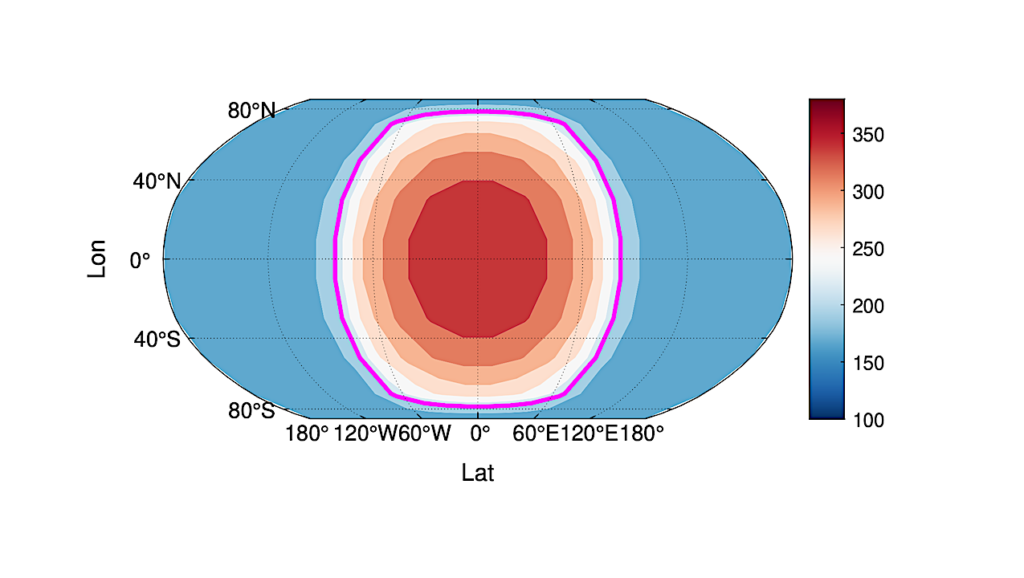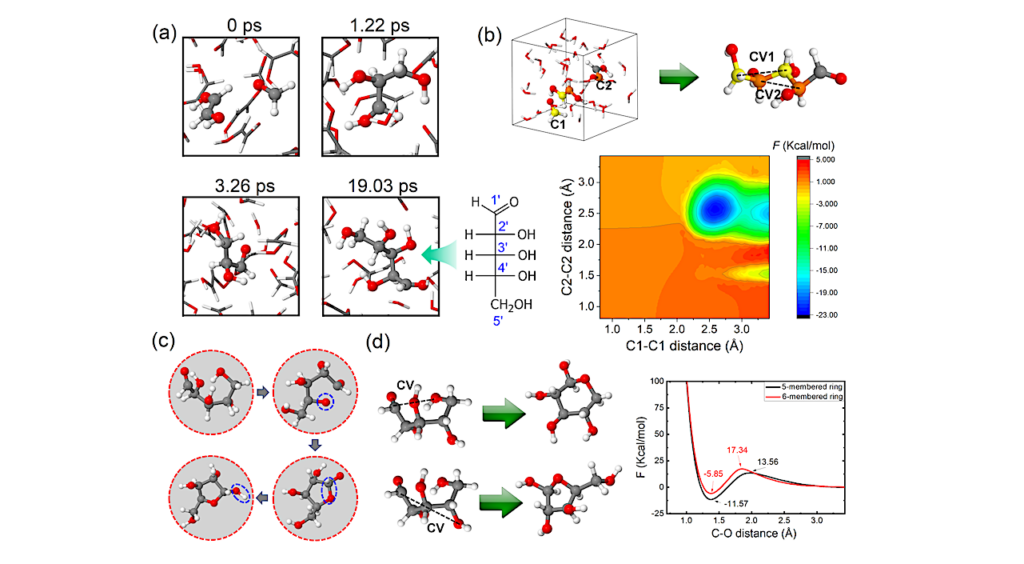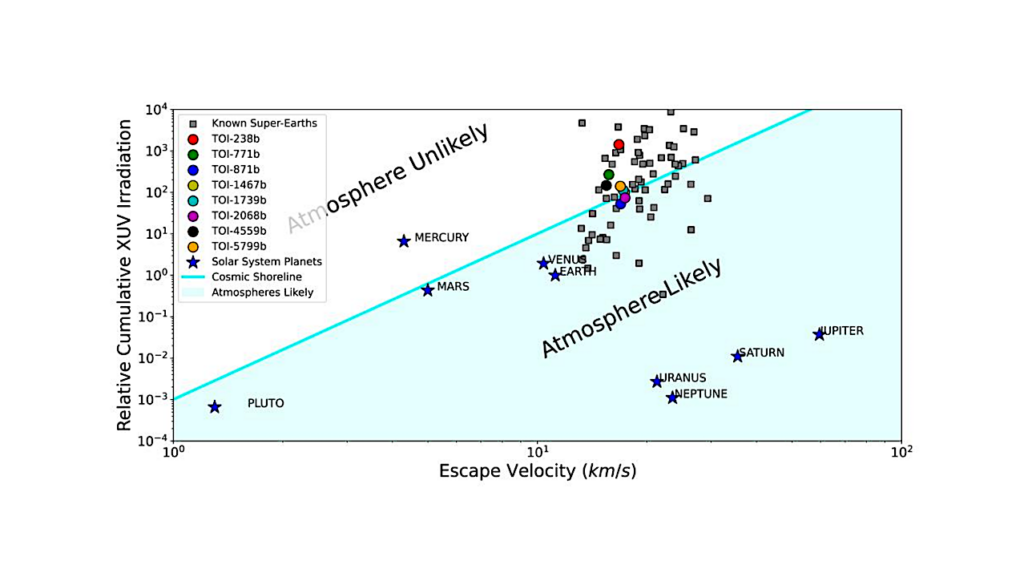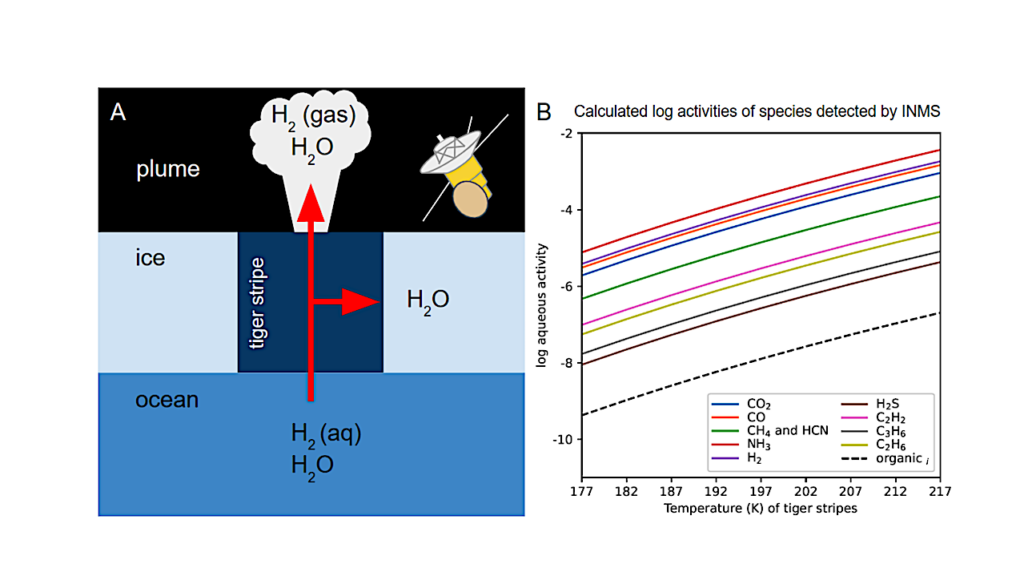How The Presence Of A Giant Planet Affects The Outcome Of Terrestrial Planet Formation Simulations
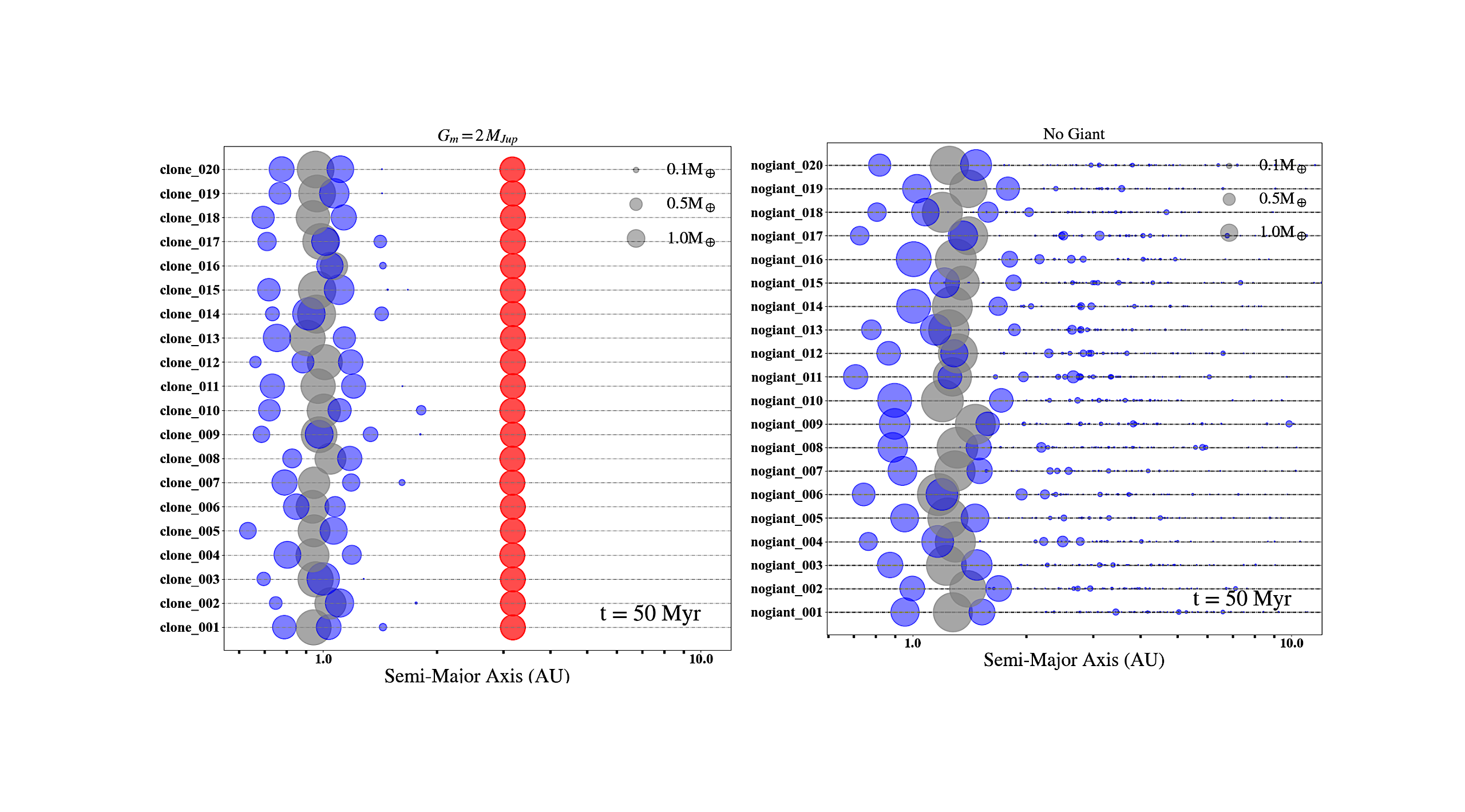
The architecture and masses of planetary systems in the habitable zone could be strongly influenced by outer giant planets, if present.
We investigate here the impact of outer giants on terrestrial planet formation, under the assumption that the final assembly of the planetary system is set by a giant impact phase. Utilizing a state-of-the-art N-body simulation software, GENGA, we interpret how the late stage of terrestrial planet formation results in diversity within planetary systems.
We design two global model setups: in the first we place a gas giant on the outer side of planetesimals and embryos disk, while the other only has planetesimals and embryos but no giant. For the model including the outer giant, we study the effect of different giant initial masses, in the range 1.0-3.0 Jupiter mass, and orbital radii, in the range 2.0-5.8 AU.We also study the influence of different initial positions of planetesimals and embryos on the results. Our N-body simulation time is approximately 50 Myr.
The results show that the existence of outer giant will promote the interaction between planetesimals and embryos, making the orbits of the formed terrestrial planets more compact, but placing the giant planet too close to the planetesimals and embryos disk suppresses the formation of massive rocky planets.
In addition, under the classical theory, where planetary embryos and planetesimals collide to form terrestrial planets, our results show that the presence of a giant planet actually decreases the gap complexity of the inner planetary system.
Zhihui Kong, Anders Johansen, Michiel Lambrechts, Jonathan H. Jiang, Zong-Hong Zhu
Comments: 12 pages, 15 figures
Subjects: Earth and Planetary Astrophysics (astro-ph.EP)
Cite as: arXiv:2405.04228 [astro-ph.EP] (or arXiv:2405.04228v1 [astro-ph.EP] for this version)
https://doi.org/10.48550/arXiv.2405.04228
Focus to learn more
Submission history
From: Zhihui Kong
[v1] Tue, 7 May 2024 11:48:52 UTC (5,197 KB)
https://arxiv.org/abs/2405.04228
Astrobiology


